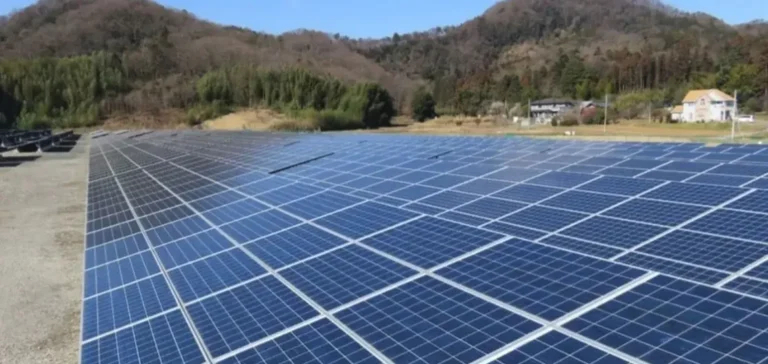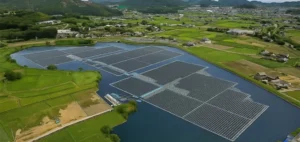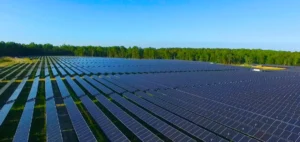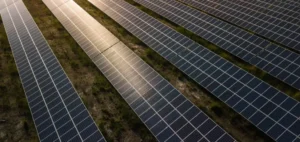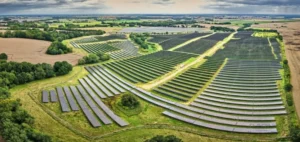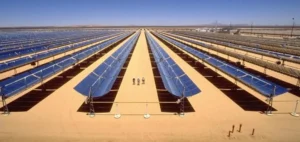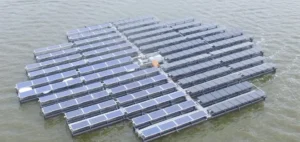Solar project developer i Grid Solutions and energy operator CPower have announced a strategic alliance to ramp up the construction of photovoltaic plants under on-site power purchase agreements (PPAs). The companies aim to exceed 10MW annually over the next three years, with a total target of 30MW.
A combined platform and industrial access
The initiative builds on i Grid Solutions’ recently launched platform, which enables the utilisation of surplus solar output and supports project financing. CPower contributes its ties with Choshu Industry, its majority shareholder and a solar panel manufacturer. The partnership plans to combine technological, industrial and financial resources to speed up new project commissioning.
Founded in 2017, i Grid Solutions has developed a portfolio of over 1,200 assets totalling more than 300MW under management. To support its expansion, the company has raised more than JPY25bn ($167mn) in debt and signed an agreement with Mitsubishi UFJ Trust and Banking in February 2025 to deploy JPY5bn ($33.4mn).
CPower strengthens post-acquisition strategy
CPower, formerly Daini Denryoku, launched in 2012 with development projects under the feed-in-tariff (FIT) scheme before shifting to on-site PPAs in 2019 and off-site PPAs in 2024. The company has delivered over 2,000 projects with a total capacity of more than 200MW.
Choshu Industry, an industrial player in the solar sector, made an initial investment in CPower in 2018, acquired full ownership in June 2025, and rebranded the company as CPower in October 2025. The move aims to enhance market visibility and optimise vertical integration of its operations.
A steady and phased deployment target
The two companies stated that their partnership targets a steady and phased rollout, focusing on meeting the energy needs of industrial and commercial sites. The entire pipeline will be developed under direct contracts with consumers, allowing greater control over energy prices and project timelines.
The model is based entirely on production facilities installed directly at consumption sites, with no reliance on public grid infrastructure for distribution. This strategy facilitates faster implementation while reducing energy losses and regulatory risks associated with shared networks.


